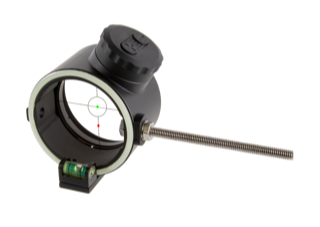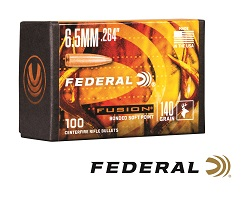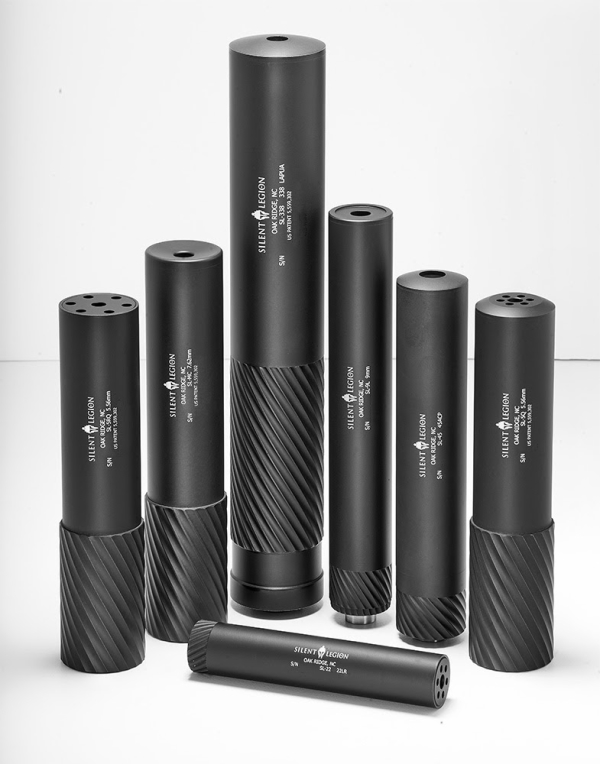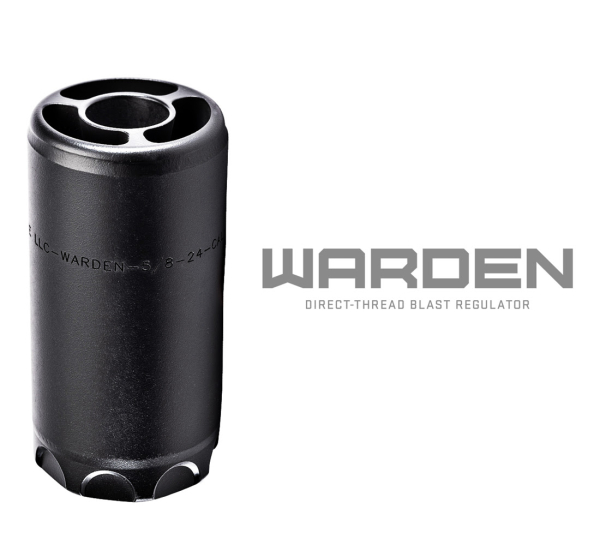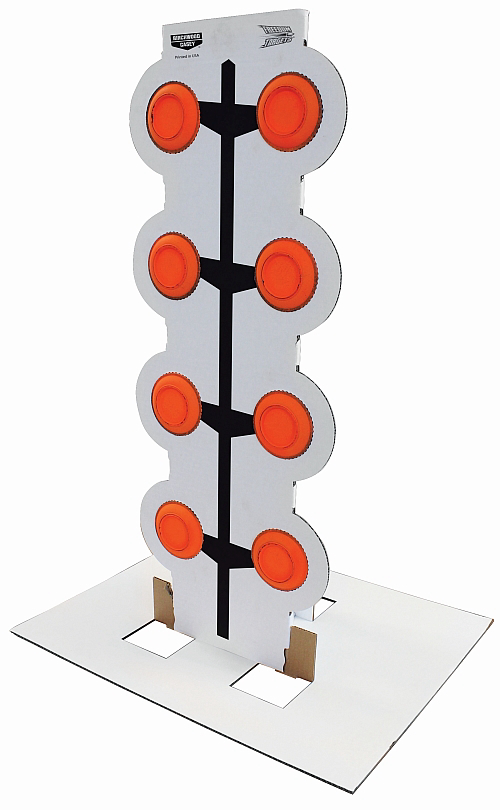SAF: ‘Red Flag’ Laws Must Protect Due Process
BELLEVUE, WA – Extreme Risk Protection Orders, generically known as “red flag laws” that allow the seizure of private firearms based on a complaint filed with the authorities must include and guarantee due process, or they shouldn’t be allowed, the Second Amendment Foundation said today.
Amid rising concerns about due process in the enforcement of such laws, which have already resulted in one fatal shooting in Maryland, SAF founder and Executive Vice President Alan M. Gottlieb said there is always the potential for abuse without careful scrutiny. He questioned the motives of some politicians who support “red flag” laws without consideration for the rights of affected gun owners.
“More needs to be done to keep politicians with power grab addictions away from people’s guns,” the gun rights advocate observed. “That is the ‘red flag’ kind of law we should all support.” Read more




